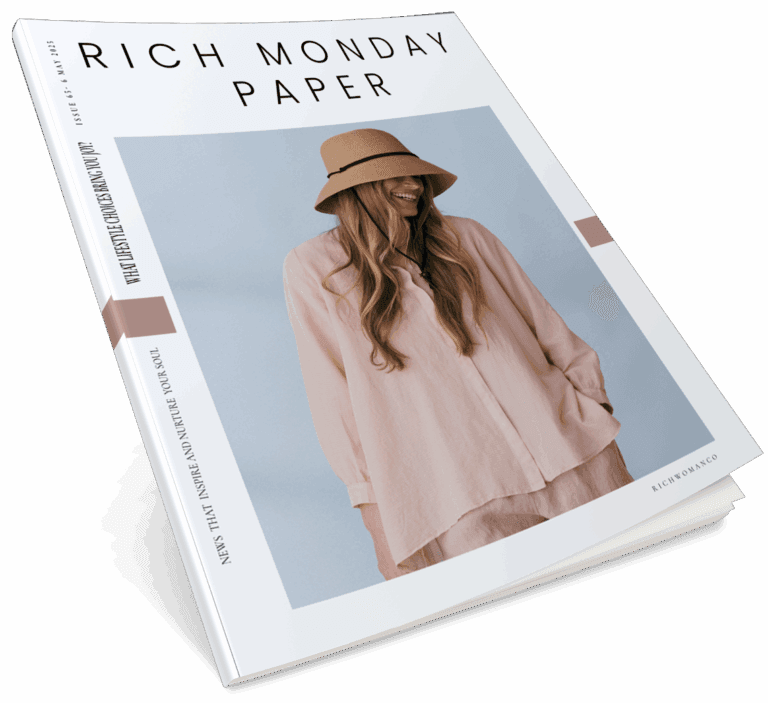The Ultimate Wine and Cheese Pairing this Christmas
Cheese and wine have a language of flavors, aromas and textures. The key to a harmonious pairing lies in understanding and embracing the five elemental companions that bring together a culinary symphony: salt, acid, fat, sweet and texture.

As the festive season approaches, there’s no better time to start planning a feast where there is perfect harmony in pairing wine and cheese. Elevate your Christmas celebration with an expert pairing that tantalizes your taste buds and impresses your guests. In this ultimate wine and cheese pairing guide, we explore the art of creating exquisite combinations that will make your holiday feast a memorable one.
Cheese and wine have a language of flavors, aromas and textures. The key to a harmonious pairing lies in understanding and embracing the five elemental companions that bring together a culinary symphony: salt, acid, fat, sweet and texture.
Salt: Balancing Act
Salty foods have the power to disrupt the delicate balance of wine, potentially overshadowing nuanced fruit flavors or rendering the alcohol bitter on the palate. To counteract the impact of salt, it’s essential to choose wines with either high sugar content or acidity. The sweetness in the wine acts as a harmonizing force, while acidic wines cut through the saltiness, making them ideal companions for dishes adorned with a savory sprinkle.
Acid: Brightening the Palate
Acidity in both food and wine imparts a fresh and vibrant character to the overall taste experience. Finding a wine that matches the acidity of your food is crucial for a balanced pairing. Whether it’s the zesty tang of a lemon-infused dish or the crisp acidity of a salad dressing, a well-matched wine ensures a symphony of bright flavors that elevate the dining experience.
Fat: Bold Companionship
Cheese, often rich in fat, possesses the ability to coat the palate, potentially muting the subtleties of lighter wines. To counterbalance this effect, opt for rich, bold, and high-tannin wines when serving fatty cheeses or cured meats. The robust nature of such wines cuts through the richness, allowing for a delightful and full-bodied pairing that showcases the intricate layers of both the food and the wine.
Sweet: A Delicate Dance
The sweetness in food and wine can either complement or clash, turning an otherwise delightful pairing into a cloying experience. Rich whites find harmony with fruit-flavored meat sauces, creating a balance of sweetness and savory notes. When serving dessert, the general rule is for the wine to be sweeter than the dish itself. A classic example is the pairing of sweet reds, such as Port, with the deep richness of dark chocolate, creating a decadent and indulgent finale.
Texture: Weighty Considerations
Understanding the weight and texture of both food and wine is pivotal for a successful pairing. Light foods naturally gravitate towards light wines, ensuring a delicate balance that allows each element to shine. Conversely, heavy wines find their perfect match with substantial, hearty dishes, creating a symphony of robust flavors and textures that complement and enhance one another.
The five elements of food and wine pairing offer a roadmap for balance, where every sip and bite contribute to a memorable time. Whether it’s the delicate contrast of salt and sweetness or the bold companionship of fat and tannins, mastering these elements unlocks the door to an artful expression of flavor harmony.


- Brie with Champagne:
- Cheese: Creamy Brie
- Wine: Champagne or sparkling wine
- Why: The effervescence of Champagne cuts through the richness of Brie, creating a luxurious and celebratory pairing.
- Gouda with Chardonnay:
- Cheese: Nutty Gouda
- Wine: Oaked Chardonnay
- Why: The buttery texture of Gouda complements the creamy notes of oaked Chardonnay, resulting in a velvety and satisfying duo.
- Camembert with Pinot Noir:
- Cheese: Earthy Camembert
- Wine: Pinot Noir
- Why: The delicate flavours of Pinot Noir enhance the earthiness of Camembert, creating a balanced and nuanced pairing.
- Blue Cheese with Port:
- Cheese: Bold Blue Cheese (Roquefort, Stilton)
- Wine: Port
- Why: The sweet and fortified characteristics of Port complement the intensity of blue cheese, creating a harmonious contrast of flavours.
- Manchego with Tempranillo:
- Cheese: Nutty Manchego
- Wine: Tempranillo
- Why: The robust flavours of Tempranillo pair seamlessly with the nuttiness of Manchego, resulting in a rich and satisfying combination.
- Goat Cheese with Sauvignon Blanc:
- Cheese: Tangy Goat Cheese
- Wine: Sauvignon Blanc
- Why: The bright acidity of Sauvignon Blanc complements the tangy notes of goat cheese, creating a refreshing and palate-cleansing match.
- Parmesan with Chianti:
- Cheese: Aged Parmesan
- Wine: Chianti or Sangiovese
- Why: The robust nature of Chianti stands up to the intensity of aged Parmesan, creating a bold and flavorful pairing.
This Christmas, enchant your guests with a symphony of flavours as you master the art of wine and cheese pairing. Whether you’re unwrapping presents by the fireplace or hosting a festive gathering, the ultimate guide above ensures that each sip and bite harmonise to create a culinary experience that embodies the spirit of the season. So, raise your glass and savour the delightful union of wine and cheese—a perfect accompaniment to the joy and warmth of Christmas celebrations. Cheers to a merry and delicious holiday season!
Do you want to share your story and inspire our readers ? Know that every story is paving the way for a brighter, happier future.





